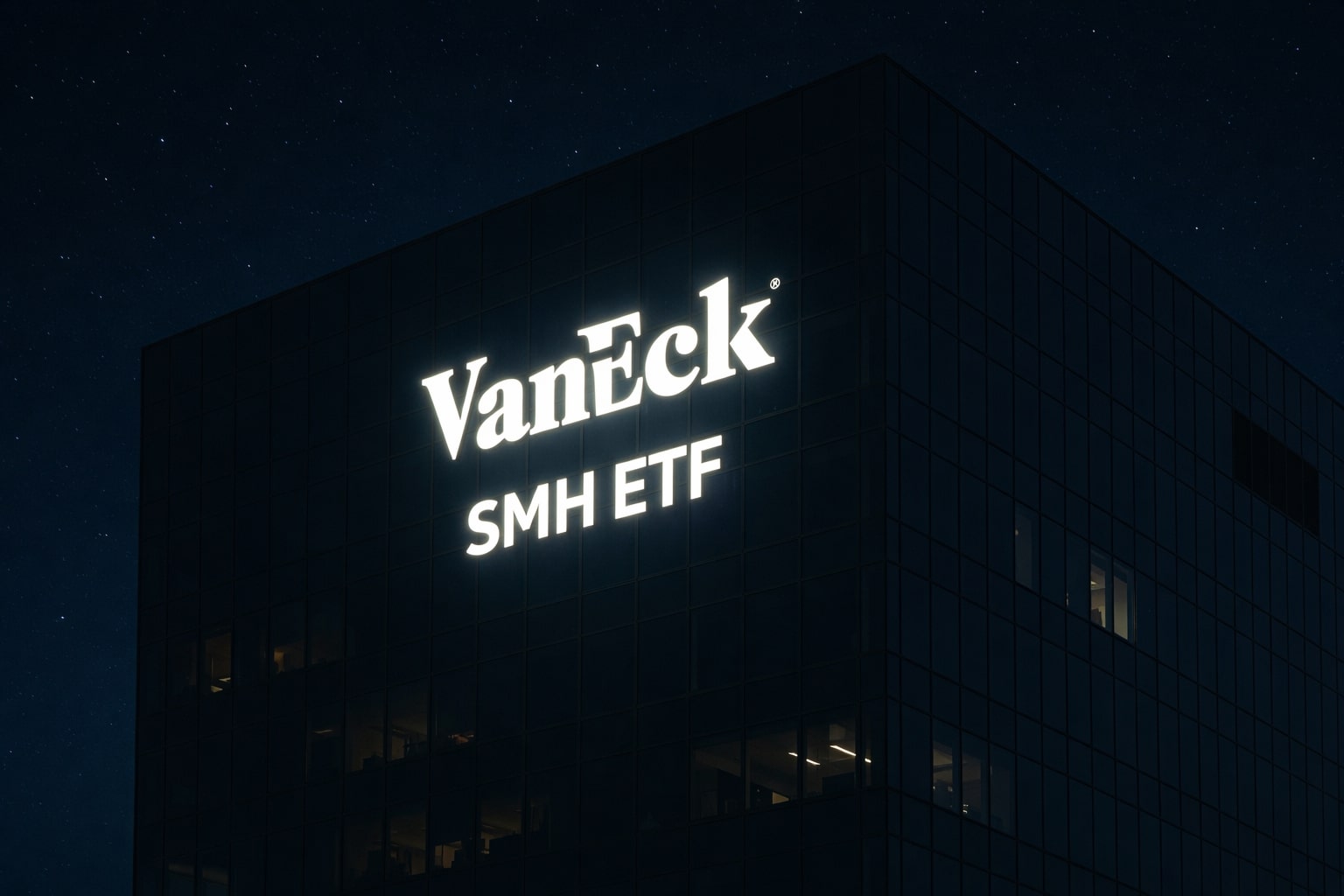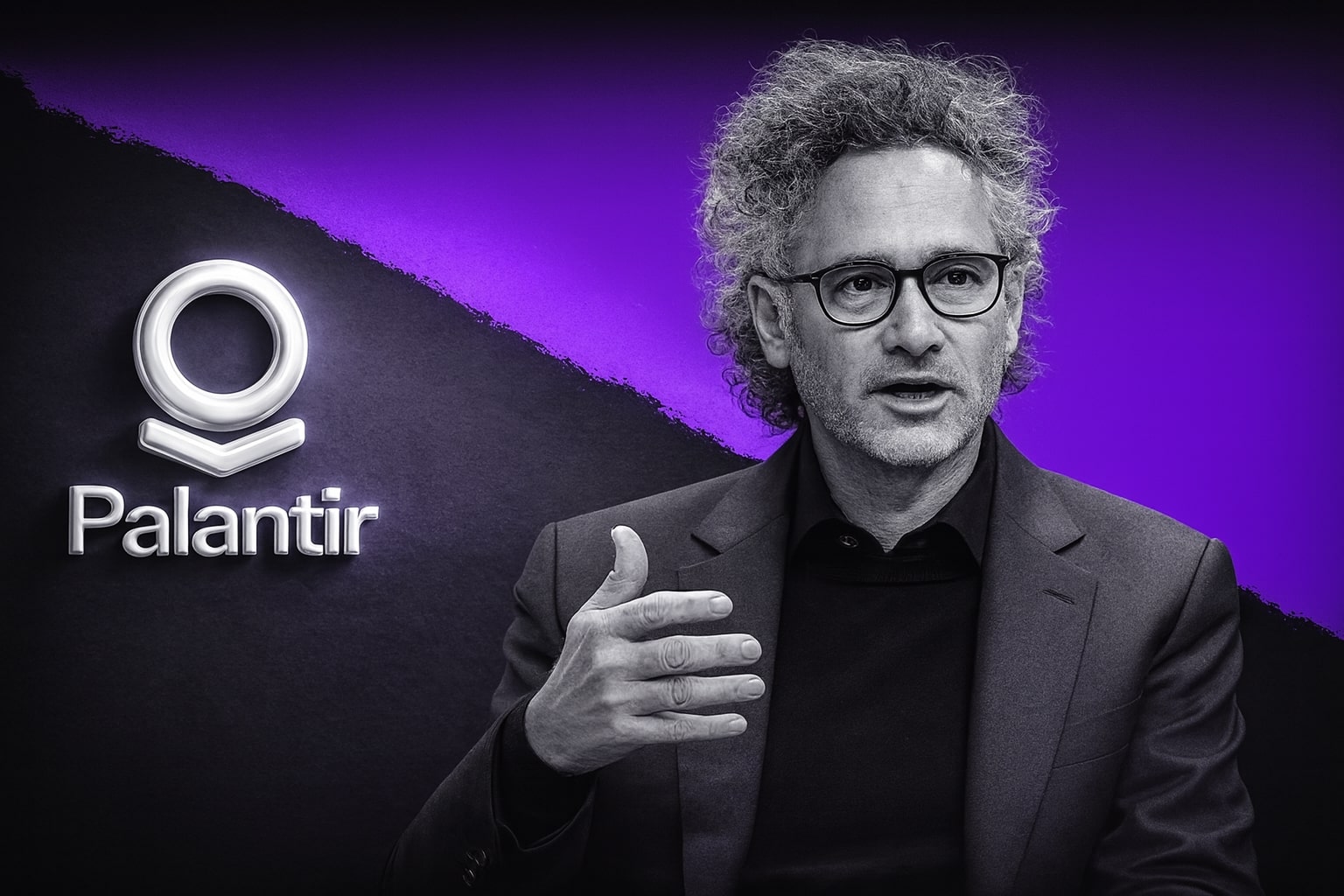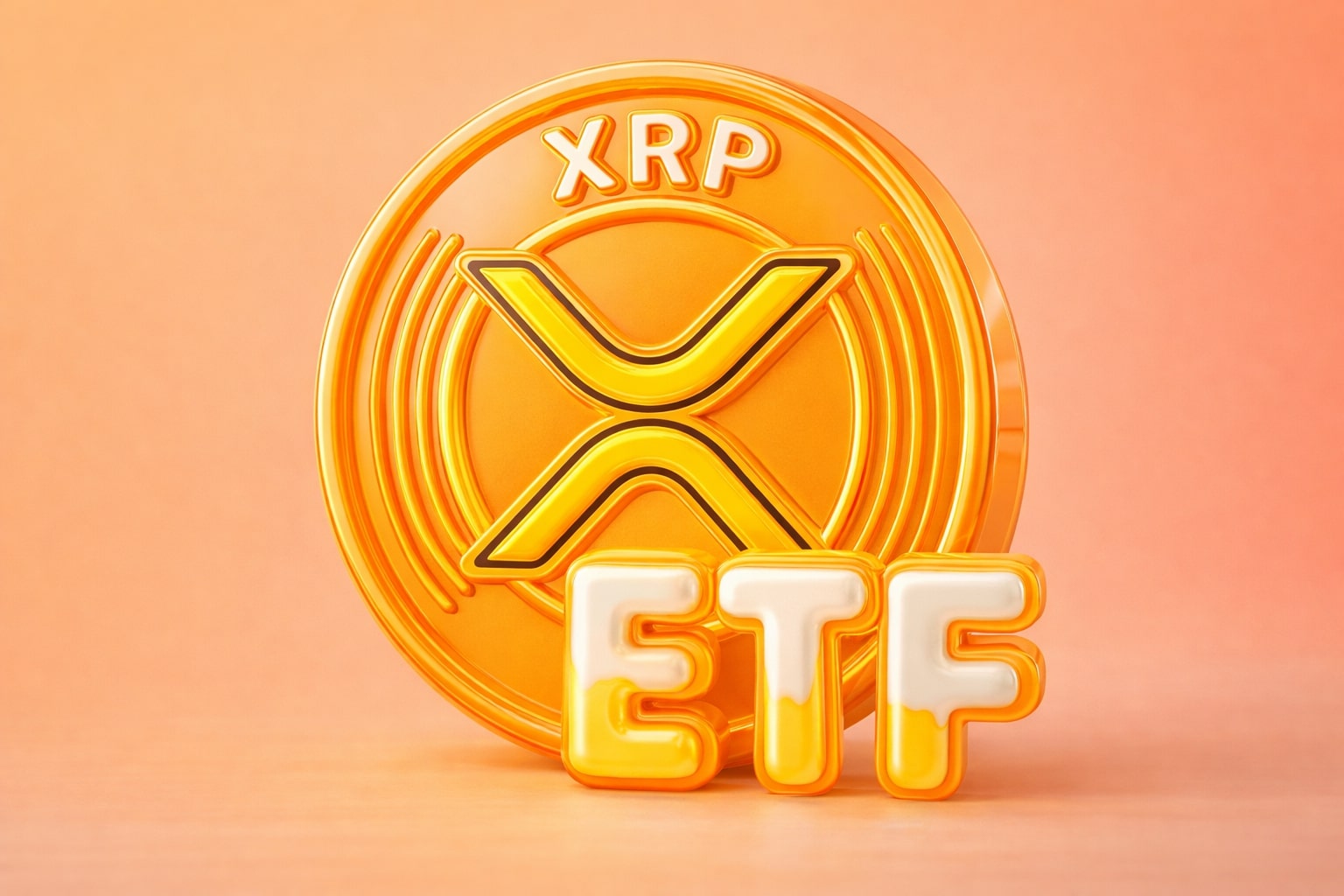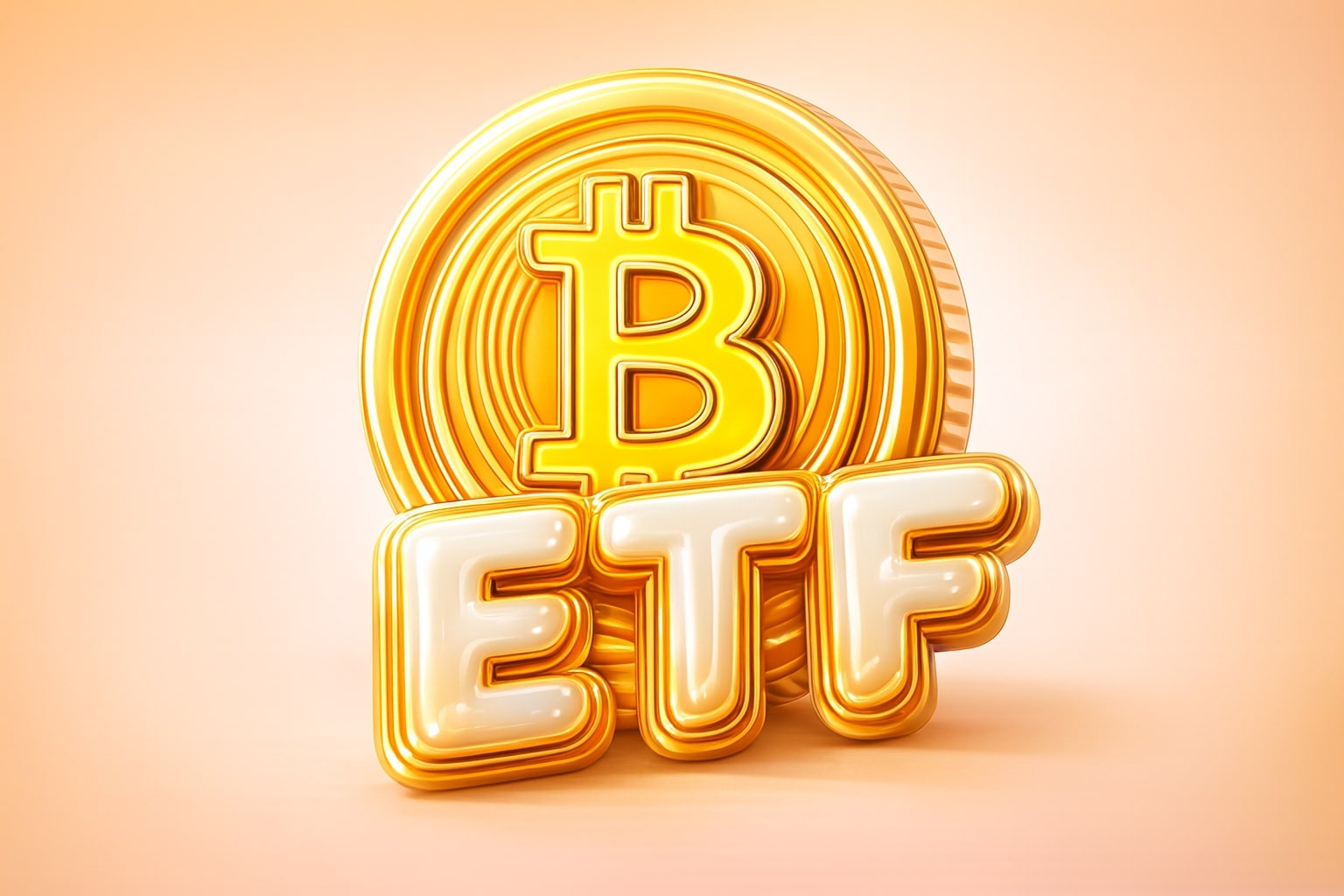
TSMC (NYSE:TSM) Stock Powers Toward $380 Fair Value With 75% Upside Potential
Strong Q1 Free Cash Flow and Global Diversification Signal Durable Upside in AI Cycle | That's TradingNEWS
NYSE:TSM Leverages Packaging Supremacy For Long-Term Moat
The recent breakout in NYSE:TSM, currently trading near $217, reflects structural momentum in Taiwan Semiconductor’s advanced foundry leadership, strategic geographic replication, and unmatched packaging capabilities. While the broader foundry market rose by just 13% in Q1, TSM’s revenue surged 35% year-over-year to NT$839 billion. Gross margin expanded to 59%, operating margin to 49%, and free cash flow for the quarter reached NT$295 billion. That scale, combined with geopolitical insulation from new fabs in Arizona and Japan, makes the stock a rare compounder with structural resilience.
Advanced Packaging Converts Technology Into Irreplicable Margins
No competitor matches TSMC’s dominance in three-dimensional packaging. The company controls most of the world’s high-volume CoWoS and SoIC capacity—critical for AI chip bandwidth. CoWoS output is expected to rise to 75,000 wafers per month by year-end, nearly tripling 2023 levels. Each Nvidia Blackwell GPU demands six to eight logic dies and a dozen HBM4 dies, amplifying wafer volume and revenue per chip. SoIC hybrid bonding enables twentyfold I/O density versus µ-bump designs and is doubling in capacity again by 2027. Intel’s foundry lags a full node in throughput, and Samsung’s packaging roadmap remains behind on pitch and commercial yield. With TSMC stitching together silicon at scale, customers are locked in.
Global Footprint Dilutes Risk Without Sacrificing Edge
Despite 70% of wafers still being produced in Taiwan, TSMC’s diversification plan is now operational. Fab 21 in Phoenix is piloting 4 nm and will expand to 3 nm by 2026, backed by an adjacent CoWoS assembly line. In Japan, JASM’s 12 nm and 6 nm lines are ramping with full 100,000 wafer-per-month capability by 2027. Talks are underway to attach CoWoS packaging in Kumamoto, unlocking subsidies and local supply chain support. The strategy is asymmetric: advanced process nodes remain in Taiwan, while proven nodes and packaging are exported. This protects IP and secures geographic optionality—a bridgehead play few rivals can match.
Valuation Remains Conservative Against Free Cash Acceleration
TSMC generated NT$626 billion in operating cash flow in Q1 alone, funding NT$331 billion in capex and still leaving NT$295 billion of free cash. Annualized and converted, that’s over US$35.5 billion in baseline FCF. With 25% growth expected in 2025, and 20% in 2026, even a conservative DCF using a 3% terminal growth and 9% discount rate yields a fair value of roughly US$1.10 trillion. Net of cash, that supports an equity valuation of about US$1.02 trillion—equating to US$380 per ADR, or roughly 75% above current trading levels.
Trailing P/E sits at 27.5×, with EV/EBITDA at 15.3×—both well below Nvidia’s 39× and AMD’s 34×. Intel’s valuation is distorted by collapsing earnings. Even on PEG ratio, TSMC trades near 0.5×, flagging deep value despite its leadership in AI-critical packaging and cutting-edge 2 nm process deployment.
Dividend Compounding Adds Long-Term Firepower
With a 14% dividend CAGR over the past decade and current TTM yield of 1.25%, TSMC offers not just growth, but wealth-building dividend mechanics. Early investors buying around $23 now enjoy a 12% yield on cost after a tenfold capital gain. Such payout sustainability is powered by operating leverage: revenue is growing slower than EBIT and cash flow—an optimal setup for dividend expansion. Few firms globally scale both margins and distributions this efficiently.
Overbought Near Term But Technically Supported
The stock’s RSI sits above 70, suggesting short-term overheating, but near-term support is clearly anchored around the $203–$205 range, aligned with the 20-day SMA. While short-term profit-taking could pull the stock back modestly, the long-term structure remains intact. With insider activity confirming continued executive holdings and no major divestitures, internal confidence appears strong.
Geopolitical Tension Acknowledged But Mitigated
Taiwan remains a geopolitical flashpoint, but TSMC's asymmetric replication strategy has lowered worst-case production disruptions. The U.S. and Japanese fabs offer secure AI packaging without compromising core IP. That buffer, combined with customer prepayments and government support, reduces direct margin exposure from potential shocks. Political risk exists, but it no longer defines the full equity narrative.
Final Assessment: NYSE:TSM Is Structurally Bullish With 75% Upside Potential
Relative metrics, absolute valuation, and operational dominance all point in one direction. With packaging flywheel effects accelerating and diversification barriers locking competitors out, NYSE:TSM merits an overweight position. Until a rival delivers 70,000 wafers per month of hybrid-bonded 2 nm dies across continents, the market will continue to rerate the name upward. Short-term technical caution is warranted, but structurally this remains one of the most compelling AI infrastructure plays globally.
That's TradingNEWS
Read More
-
SMH ETF: NASDAQ:SMH Hovering at $350 With AI, NVDA and CHIPS Act Fueling the Next Move
16.12.2025 · TradingNEWS ArchiveStocks
-
XRP ETFs XRPI and XRPR: Can $1B Inflows Lift XRP-USD From $1.93 Back Toward $3.66?
16.12.2025 · TradingNEWS ArchiveCrypto
-
Natural Gas Price Forecast: NG=F Falls to $3.80–$3.94 as Warm Winter Kills $5.50 Spike
16.12.2025 · TradingNEWS ArchiveCommodities
-
USD/JPY Price Forecast - USDJPY=X Slides, BoJ 0.50% Hike, Fed Cut and NFP Set the Next Big Move
16.12.2025 · TradingNEWS ArchiveForex


















